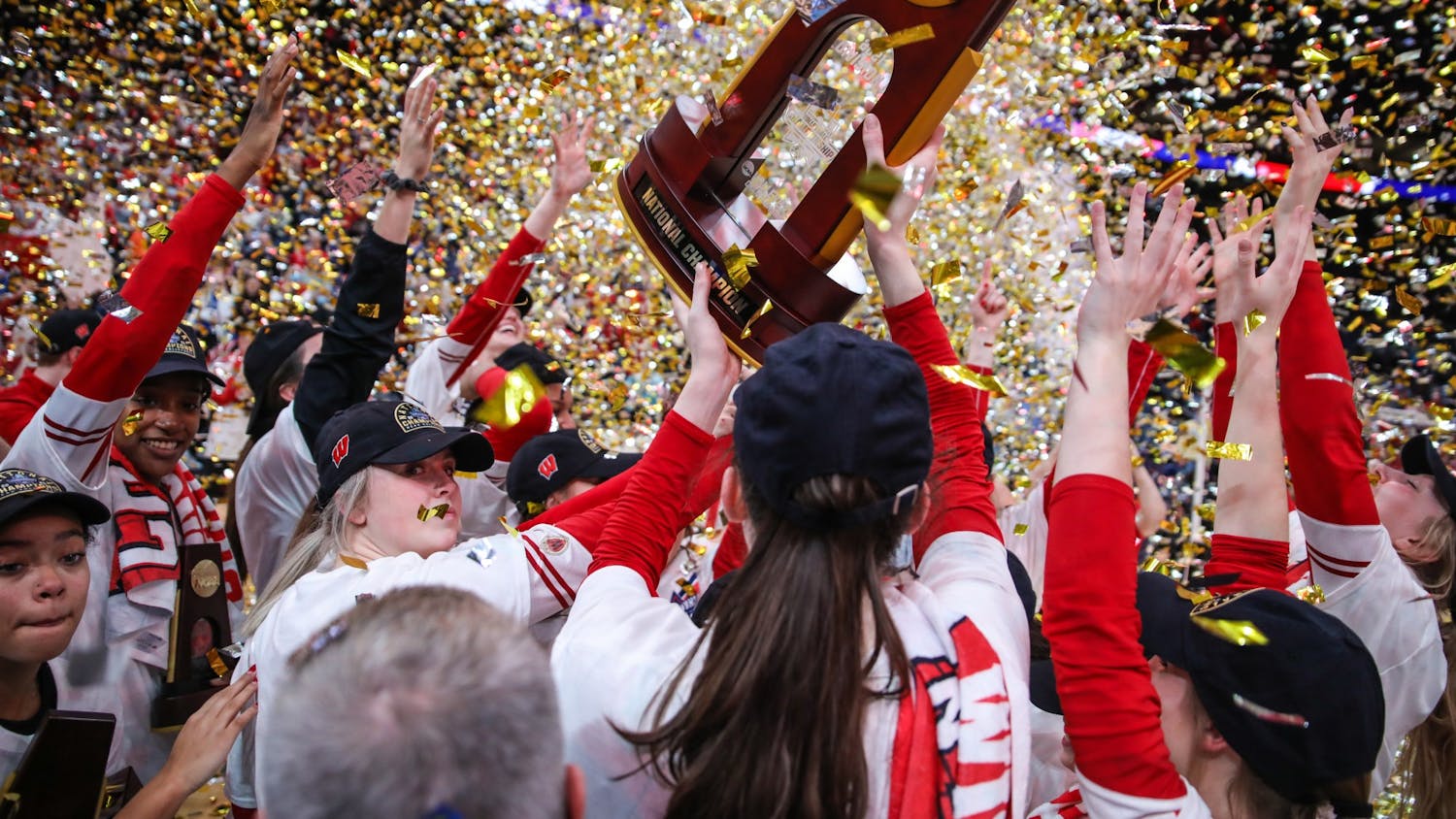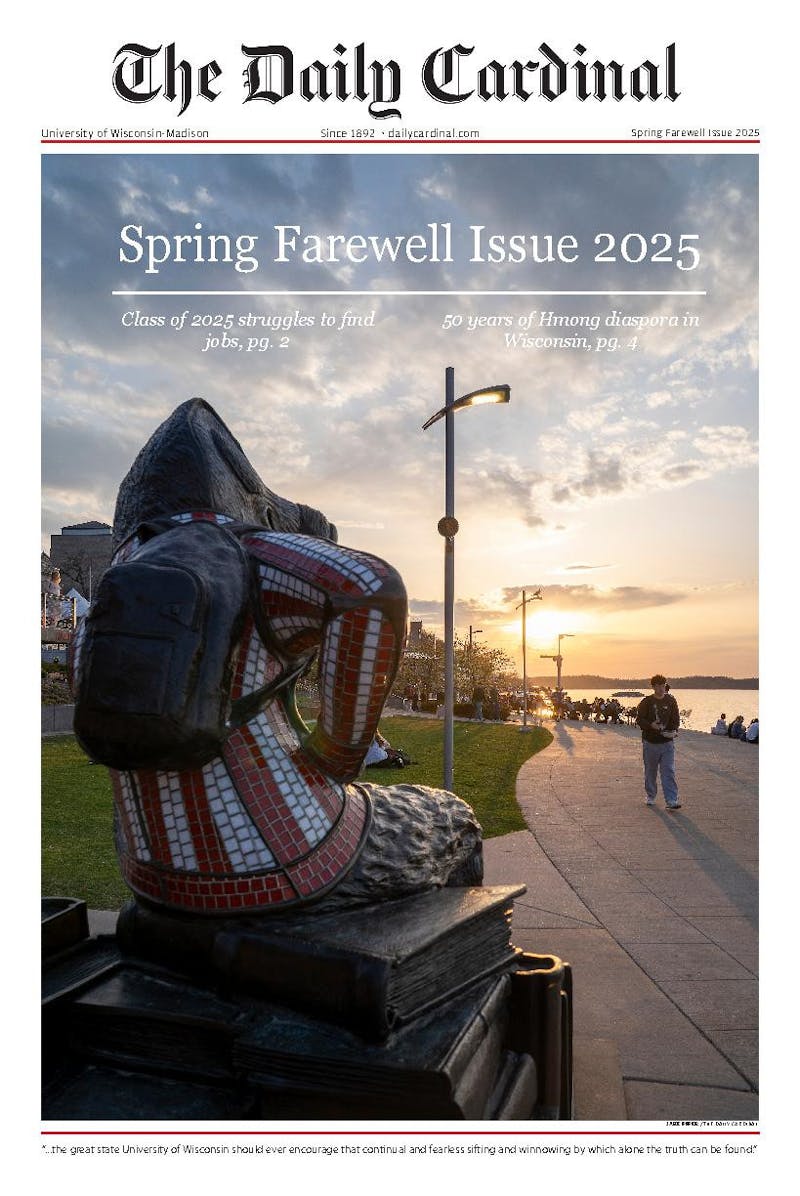Oregon and Washington announced their intention to join the Big Ten in August 2023, alongside USC and UCLA, who had started the “next wave” of conference realignment by entering the conference the year prior. This brought the number of schools in the conference to 18, where it currently stands today.
One year post expansion, nine programs in the Big Ten have won national championships with three of those coming from schools who were not in the conference last season.
During the 2024–2025 season, Oregon, USC and UCLA each won a national championship, in women’s indoor track, men’s indoor track and men’s water polo, respectively. With the Big Ten solidifying itself as the largest conference in the NCAA, more opportunities for conference success naturally comes with having the most schools.
Notably, a school in the Big Ten won a national championship in football for the second consecutive season, with Ohio State defeating Notre Dame to win the inaugural 12-team College Football Playoff.
Wisconsin was also able to take home one of those national championships, continuing their dominance in women’s ice hockey with their fourth title in the last six tournaments.
But there has still been a lot of criticism surrounding the current state of college athletics, with a large portion of that stemming from conference realignment. The Big Ten may have earned three extra national championships this year with their new additions, but has it been worth some of the adverse effects on student athletes?
The biggest argument against conference realignment is the effect of travel on student athletes. With the four new Big Ten schools coming from the West Coast, there has been no way to avoid long travel schedules, especially for schools closer to the coasts.
While it can be argued that the schools on the West Coast did this to themselves, the brunt of the travel issues fall on the student athletes at these schools, rather than the administrators who made the decision to join a better conference.
Unlike the schools on the East Coast and in the Midwest who only need to go out west once per season, schools on the West Coast have to deal with lengthy flights for most of their road matchups. The time difference is another issue, and it can be difficult to adjust moving ahead two or three hours on top of the pre-existing travel.
But, other than the travel issues, which might have been slightly overstated in the first place, the transition from the Big Ten to being a regional conference to a national conference has been mostly smooth.
An unpredictable era of conference realignment in college athletics may have come to an end, but the instability created in the new age of college sports will never go away. While the Big Ten might seem set with their current members, there is no way of knowing what could happen in the future.
For now, the Big Ten’s West Coast additions have only strengthened the conference’s position as one of the two premier conferences in the NCAA alongside the SEC.






